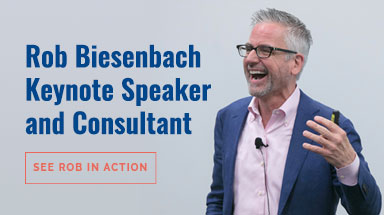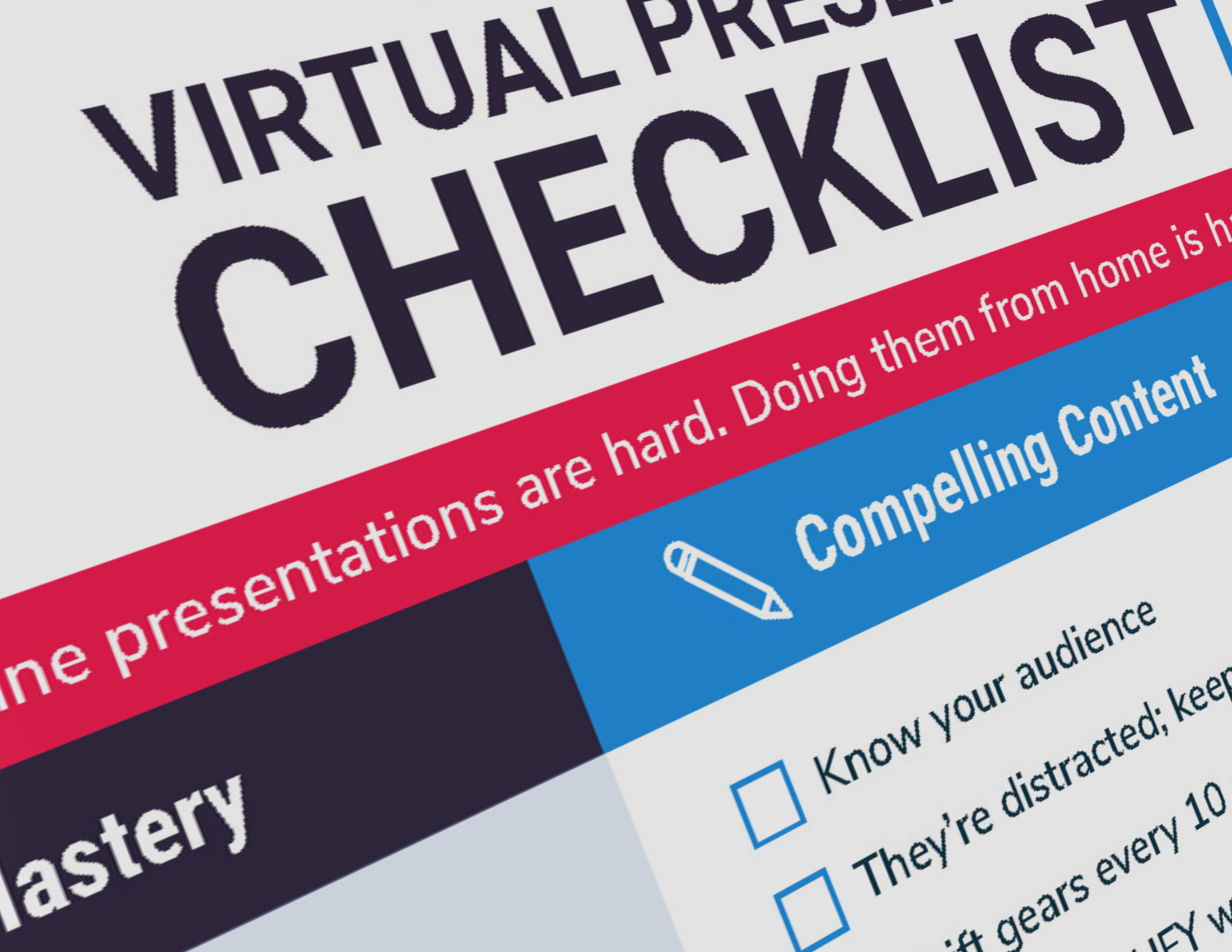A colleague the other day expressed hope that all the attention to TED talks would inspire people to become better presenters. I hope so, because I still see a lot of people making the same old mistakes in their presentations.
They fail to take into account the needs and interests of their audience. They inundate us with information without giving us a reason to care. Their delivery is listless, their visuals are dull. And they go on and on, ignoring the sea of glowing smartphone screens before them.
So I’ve put together a list of 11 Deadly Sins that can totally kill your speech or presentation. The first 6 are here and the rest will come next week in Part 2. Included within each “sin” are copious links to outside sources and earlier material I’ve written on the subject.
So if you’re looking for rhetorical absolution, read on!
1. Ignoring Your Audience’s Interests and Needs
Too many speakers start with “Me, me, me.” Here’s who I am, here’s my bio, here’s what I want to talk about, and oh by the way please buy my book, etc. Instead, you should start by addressing your audience’s needs and concerns. You’re there to solve a problem, right? A problem that people in the room are concerned about? I hope so. If not, what are you doing there?
Here are some questions to ask about your audience to help ensure you address their interests. Because if you don’t, they will tune you out.
2. A Flat Opening
If you botch the opening, it’s tough to recover from that. Lots of speakers like to break the ice with a joke, which is fine. Ideally, it should have some relevance to your message. At minimum, it should offer a glimpse of your humanity and help people relate to you.
Just don’t go online looking for some random, contrived gag. Instead, make it personal and find the humor in an everyday situation. The old “a funny thing happened to me on the way to the conference” is a perfectly good approach. Everyone can relate to the trouble you had registering or parking or remembering a colleague’s name. This won’t have them rolling on the floor laughing, but it will produce knowing chuckles and goodwill, which is plenty.
Here’s an approach that worked for me.
3. Lack of Focus
Most people try to accomplish too much in a speech. Understand that this is just one opportunity among many to get your message across. There are handouts, leave-behinds, links to web pages, follow-up emails, video and tons of other channels and tactics. What is it that must be presented right here, right now in this format that can’t be accomplished in any other way?
So put away the laundry list and get focused. Call the audience’s attention to a problem, quickly outline your recommended solution and get them intrigued enough to want to know or do more.
Take a tip from Harrison Ford on focusing your presentation. And as for creating intrigue, check out the next two sins on the list.
4. Bad (Or No) Storytelling
If you want to make an impact and you want your points to be memorable, make generous use of stories. Stories put a face on a problem, they humanize the storyteller, they connect us through universal values. We are actually programmed to respond to stories — a result of 100,000 years of human evolution and a lifetime of watching movies and TV.
So how do you construct a good story? Check out my 3-step process for finding, shaping and telling riveting stories.
5. No Emotional Pull
So many speakers inundate us with facts and data without ever giving us a reason to care. For your points to stick you need to appeal to emotion:
“An emotionally charged event … is the best-processed kind of external stimulus ever measured. Emotionally charged events persist much longer in our memories and are recalled with greater accuracy than neutral memories.”
(That link, by the way, takes you to an article with tons of great tips for presenters.)
So invest your ideas with passion and enthusiasm. Put your heart into it. This is not the time to be stoic. Don’t be afraid to let the cracks in your facade show. For tapping into the power of emotion, here’s a process I use.
6. Dull, Ugly Visuals
Amazingly, you still find people using their slides for scripts, when images are demonstrably more effective in getting your point across. The article I linked to in #5 also talks about the Picture Superiority Effect:
“[H]umans more easily learn and recall information that is presented as pictures than when the same information is presented in words. In one experiment, for instance, subjects who were presented with information orally could remember about 10% of the content 72 hours later. Those who were presented with information in picture format were able to recall 65% of the content.”
Images are everything. Steve Jobs knew this. He was a master showman, but his presentation ability is one aspect of his legacy that seems to get the least attention. Here’s a short tutorial I put together on finding the right images for your presentation.
In my next post, I’ll cover the final 5 Deadly Sins. Stay tuned!
Update: check out Part 2 of 11 Deadly Sins of Public Speakers and Presenters.










